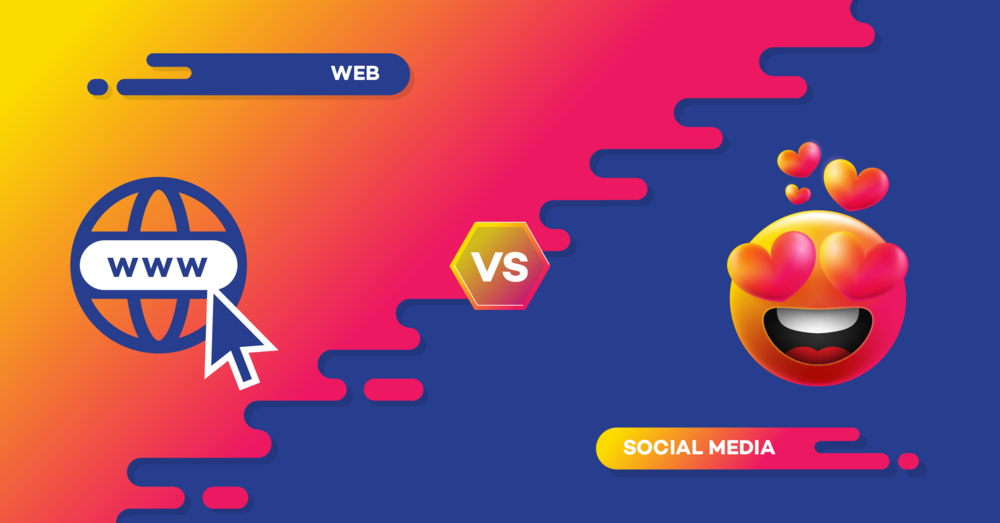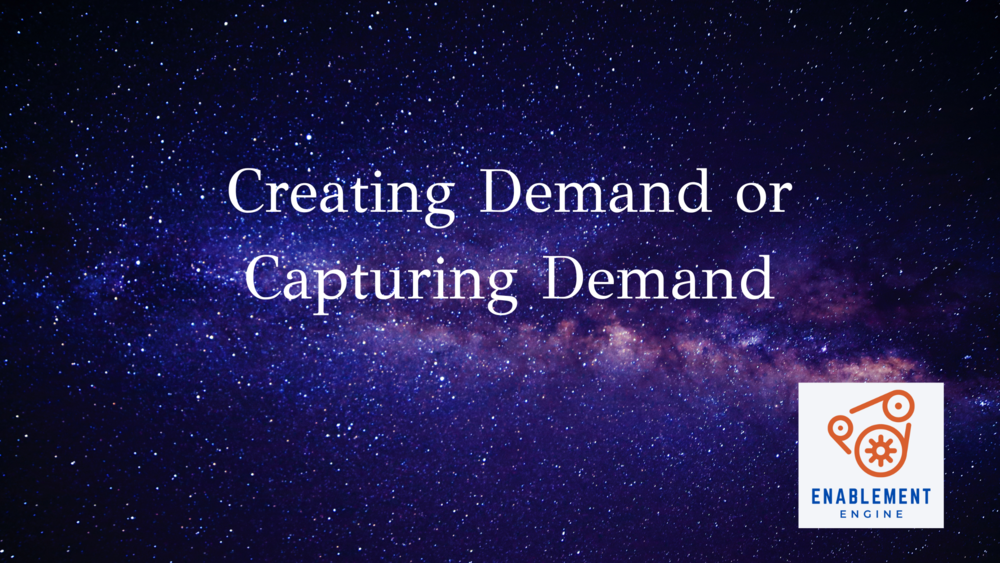For years, the above has been a recurring question that I\u2019ve received from sales executives, business owners, and sales leaders. They often misunderstand the word \u2018social\u2019 in \u2018social selling\u2019 by connecting social media with what their children do on Facebook, Snapchat, and Instagram, instead of correlating \u2018social\u2019 as a mechanism to do two important things:
1. Conduct extensive research
2. Open up an entirely different engagement medium
From a sales perspective, you\u2019re trying to find the four major pillars: triggers, referrals, insights, and competitive intelligence.
How does social media become a tool within a seller\u2019s toolkit? Since there\u2019s such a confusion around this, I thought I\u2019d clearly define the difference between what social media does for sales people, and what social selling actually is.
Social media for sales: Trawling the ocean with a wide net
As you see in the infographic, when using social media for sales, you\u2019re fishing the seven seas with a giant net. Think of the seven seas as the seven main social media networks: Twitter, LinkedIn, Facebook, Instagram, Snapchat, WhatsApp, and Pinterest. Your net is your brand, while your content is the thickness and strength of the net (your brand).
For people who use social media for sales, we\u2019re living in the age of the influencer, where sales professionals are posting content, building brands, and becoming trusted advisors.
The purpose of using social media for sales is to capture a wide net (your brand) and catch as many fish as possible.
When I first started out, I was a pioneer of using LinkedIn from a sales perspective. Some others did this with Twitter, Snapchat, or Instagram. Social media can help you find customers that are looking for solutions. They may not realize they have a problem, or they already have a problem and are looking for solutions.
Using social media, you\u2019re capturing the fish that are close to the surface, and can handpick which ones to keep. You don\u2019t get to select which fish end up in your net, but you choose what to do with them.
The problem is while you\u2019re going to catch a lot of fish and generate a lot of interest, that doesn\u2019t mean they\u2019re your ideal customer. Whether you sell to construction companies or power plants, or consumer packaging companies, that doesn\u2019t mean they\u2019re automatically consuming your content and seeing your brand. Social media has set you up as a thought leader, but didn\u2019t help you win an account.
Social Selling: SPEAR fishing for trophy fish
Here at Sales For Life, we use the analogy of SPEAR\u2014which stands for SELECT, PLAN, ENGAGE, ACTIVATE, RUN or REPLACE.
This means you\u2019re looking only for key accounts, focusing on your particular Total Addressable Market (TAM) and your specific account base.
Going back to our fishing analogy, in contrast to social media for sales, which casts a wide net, here you\u2019re only focusing on and selecting the fish in the specific seas where they swim. You\u2019re going to capture your ideal customer using bait targeted to them, and using sales plays that work only for those customers. You might need to venture into the deep water and prepare for a struggle, it\u2019s going to be a fight. This is very specific! If you want to catch a marlin, you\u2019re not standing by the shore \u2013 you\u2019re going 17 miles off the coast.
Bottom line: Social selling means highly targeting specific accounts, and your social selling program focuses on your ideal customers. This differs from social media for sales, which is focused on building brands, and casting a wide net.




